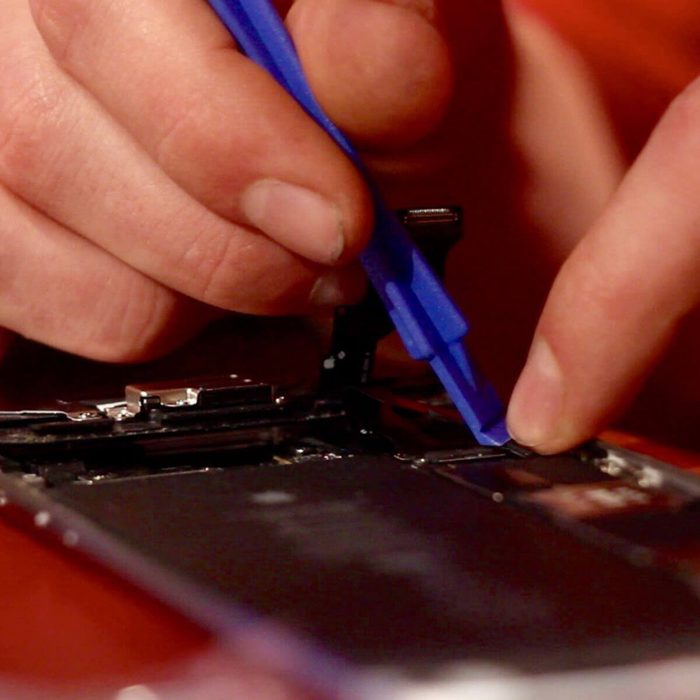Ways Manufacturers Make It Tough for DIY Repairs

It's an old lament that they just don't build things they way they used to, and there's some truth to it.
From specialized parts to easy-to-break-plastic, it’s simply become tougher to be a DIYer. It’s essentially planned obsolescence and it’s an idea that’s been around since the Industrial Revolution.
There are far more varieties of screws around like squares, pentagons, hexagons and more, which means you’ll need to add those screwdrivers to your toolbox if you want to try to fix some electronic items.
What’s Being Done to Allow People to Fix Electronics?
There’s a growing movement to allow consumers to repair things on their own. They’re called “right to repair” laws and there are now 19 states that have passed “right to repair” laws.
What Does it Mean?
It might mean you don’t have to consult the geniuses at the Apple Store the next time something breaks. You might be able to reassemble something yourself by taking a look at the manual. Naturally, there’s been some pushback from manufacturers who argue that they’d rather have people bring their broken equipment to authorized repair people because they’re concerned about consumer safety.
Other big manufacturers have argued that publishing repair information can infringe on their intellectual property. When the repair information isn’t available there’s not much incentive to try to track it down.
It’s Just Easier to Buy Something New
It might just be easier in consumers’ eyes to just buy something new but there are a number of consequences to consider with such a thought. First, consumers contribute more waste to landfills if they think it’s easier to buy something new. Second, it curbs any notion of trying to fix something yourself and the desire to know how things work. And lastly it perpetuates a throw-away culture.
Here’s what you need to know about how to recycle electronics.
How to Fix Electronics
It used to be that could take your television to a repair shop to get fixed. These days brick and mortar repair stores are few and far between but there are a number of repair communities that have formed. One prominent website is iFixit, which provides repair instructions, advice and tools.
There are also repair fairs where people will bring broken equipment to learn how to fix it. There are repair fairs in Chicago, Houston, New Zealand, India and the U.K. There are about 1,831 repair cafes across the globe now.
Need some help fixing an old pair of earbuds? Here’s how to fix broken earbuds.


